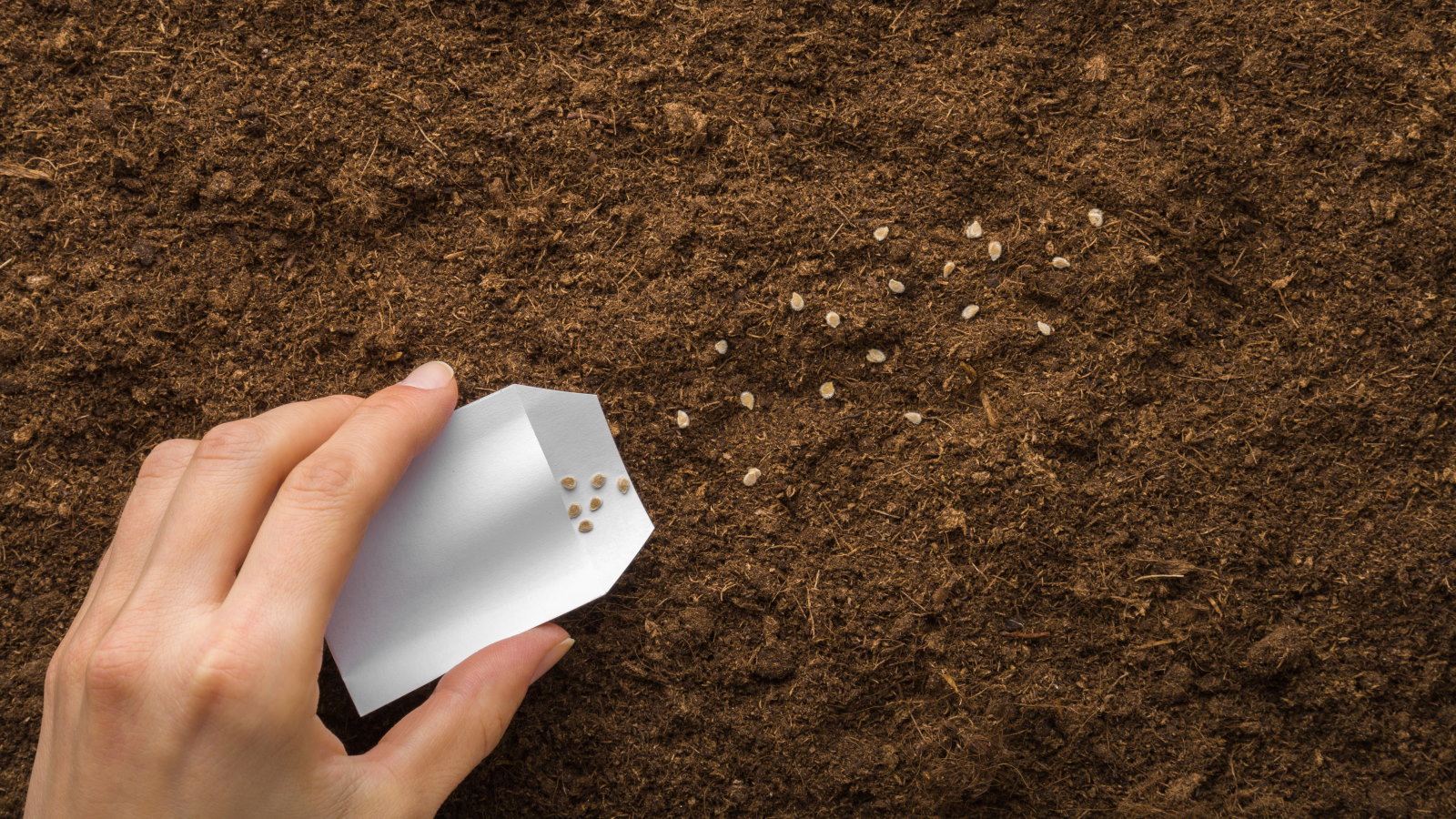
Gardens are starting to burst into life now that spring has arrived, with flowers , fruit and vegetable plants all gradually beginning to bloom. If you have a rhubarb plant in your garden then you may have noticed it starting to sprout ready for the rhubarb season, which typically runs from April until June. The vegetable - which is often thought to be a fruit - is a popular ingredient for an array of sweet dishes, like crumbles, pies, fools and jams, but households should be wary before eating it as only part of the plant should be consumed.
The long, reddish stalks of a rhubarb plant are absolutely safe to eat and can be eaten raw, although they are very tart and so are often cooked with sugar to help sweeten the taste. But the leaves of the plant should be avoided as these are poisonous and can cause a nasty array of symptoms if consumed. Rhubarb leaves contain high levels of oxalic acid, a naturally occurring compound which is toxic to both humans and animals, so it’s very important to remove and discard these before cooking or eating the stalks.

This acid can be found in many plants, but rhubarb leaves have a particularly high concentration which makes them toxic. If these leaves are eaten it can cause vomiting, diarrhoea and kidney problems in some severe cases. Healthline explains: “Rhubarb leaves are considered inedible due to their high concentration of oxalic acid.
In fact, both the stalks and leaves contain oxalic acid, but the leaves have a much higher content. Oxalic acid is a natural substance found in many plants, including leafy greens, fruits, vegetables, nuts, seeds, and cocoa. “Too much oxalate in the body can lead to a condition known as hyperoxaluria, which is when excess oxalate is excreted in the urine.
This can also lead to an accumulation of calcium oxalate crystals in the organs. In the kidneys, this can lead to the formation of kidney stones and eventually kidney failure. “Symptoms of mild rhubarb leaf poisoning include vomiting and diarrhea that resolve within a few hours.
More serious oxalate toxicity causes sore throat, difficulty swallowing, nausea, vomiting (sometimes including blood), diarrhoea, and abdominal pain. Very serious symptoms include kidney failure, numbness, muscle twitches, and cramps.” While rhubarb leaves should never be consumed, they don’t have to go completely to waste as it is safe to use them for composting in your garden.
Gardening Know How says: “Composting rhubarb leaves is perfectly safe. Although the leaves contain significant oxalic acid, the acid is broken down and diluted fairly quickly during the decomposition process. “In fact, even if your entire compost pile was made up of rhubarb leaves and stalks, the resulting compost will be much akin to any other compost.
“Of course, initially, prior to the microbial action of composting, rhubarb leaves in compost piles would still be toxic, so keep the pets and kids out.”.















